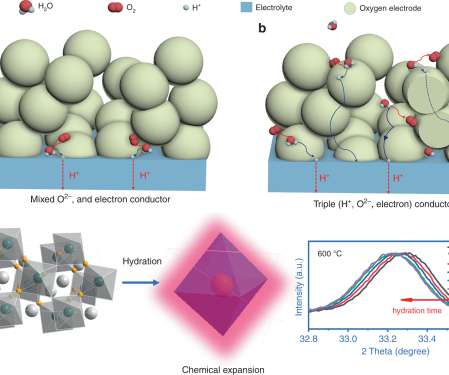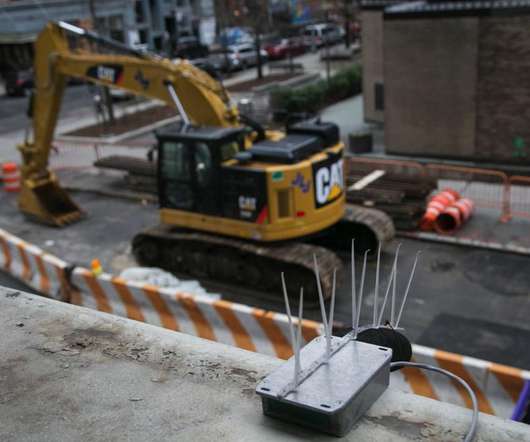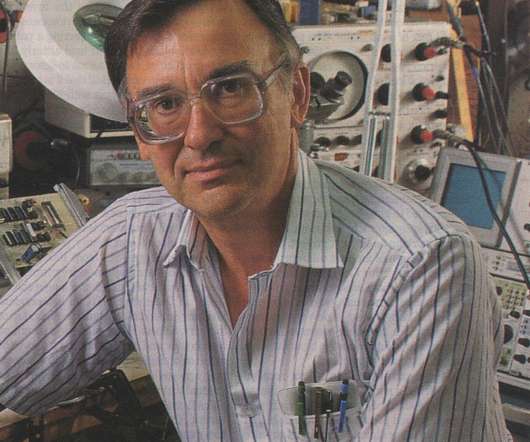INL researchers develop high-performance oxygen electrode for PCEC cell; high-temperature electrolysis
Green Car Congress
APRIL 22, 2020
Researchers at Idaho National Laboratory have developed a new electrode material for a protonic ceramic electrochemical cell (PCEC) that can efficiently convert excess electricity and water into hydrogen. Water splitting reaction on oxygen electrode and PNC’s hydration. The triple conducting oxide of PrNi 0.5






















Let's personalize your content